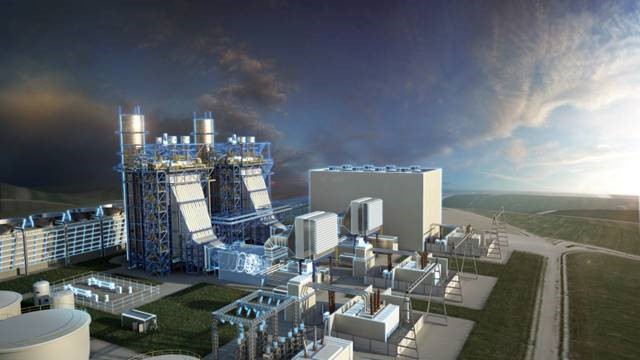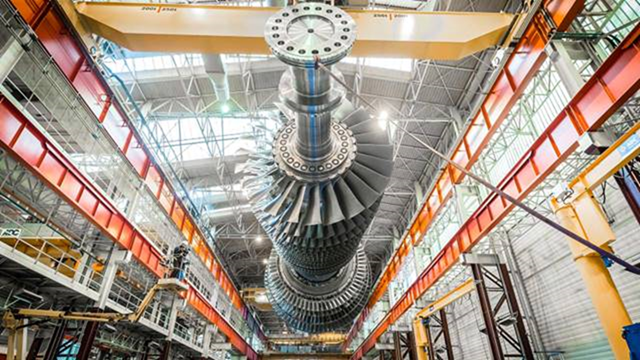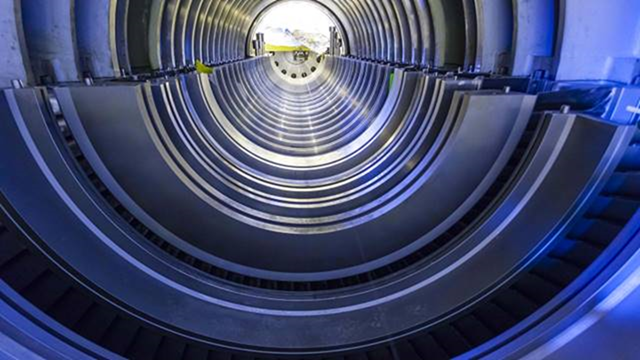Turbine-generator torsional stress relay (TSR)
Continuously monitor turbine-generator shafts for torsional vibrations and provide trip output contacts when shaft fatigue reaches predetermined levels.
Power systems can include equipment that can interact with torsional vibrations of turbine-generators at the shaft natural frequencies, including stimulation or resonance. The amplitude of these vibrations can be large enough to cause cumulative fatigue damage to turbine-generator shaft components. In several cases these adverse interactions have led to sustained or growing torsional vibrations that caused severe damage (cracks, etc.) to rotors or couplings, resulting in long repair outages for those units. The known equipment of concern includes:
Since the early 1970’s, GE Vernova has pioneered the analysis and mitigation of torsional problems and has offered protective relays and monitoring equipment to address these problem areas. Our latest torsional protection products build on GE Vernova’s extensive experience and feature digital processors, built-in monitoring, and higher reliability.
The Torsional Stress Relay (TSR) is a digital protective relay designed to continuously monitor turbine-generator shafts for torsional vibrations and provide trip output contacts when shaft fatigue reaches predetermined levels. Torsional event data capture is also provided.
The first TSR model was introduced in 1997 as an updated digital version of the proven SMF relay. These relays have been applied successfully since the 1970’s to many turbine-generators (including many non-GE Vernova units) exposed to risks of damaging torsional interactions.
SSR due to series capacitors is the most usual situation that may need torsional protection. An SSR study should be performed if transmission line series capacitors (fixed or TCSC) are being added, the amount of compensation is being changed, or if other system (or shaft) changes will be done that may affect a turbine-generator's exposure to SSR. The study evaluates the risk of damage due to SSR for normal and contingency system conditions.
Depending on the level of risk it may be prudent to add torsional protection (TSR). In some cases the risk is high enough to justify redundant protection. Large rated power electronic converters near to turbine generators are the next most common situation that may need torsional protection. HVDC is especially of concern, due to its typically very large power rating.
Large variable speed motor drives can also be of concern, particularly when smaller turbine-generators are nearby or operate in islanded conditions. In such cases a Sub-synchronous Torsional Interaction (SSTI) screening study should be performed. If screening determines risk, torsional protection and more detailed studies including control effects may be prudent. In rare cases exposure to SSR or SSTI can be so severe that active damping or even resonance blocking filters may be needed, in addition to torsional protection. Other cases such as nearby steel mill arc furnaces or high-speed reclosing typically have a lower risk. GE Vernova can determine the need for a study in such cases. New units being installed into electrical environments of concern should also be evaluated for risk.
The GE Vernova's TSR is a cabinet, suitable for generating station relay room or other room with a reasonably controlled environment. Versions of the TSR are available that can protect more than one turbine-generator, for combined cycle plants or smaller units. For applications that need Supplementary Excitation Damping Control the TSR/SEDC cabinet is available that provides both functions, the SEDC output signal is connected to a properly equipped static exciter.
Typical connections are:
Contact us


